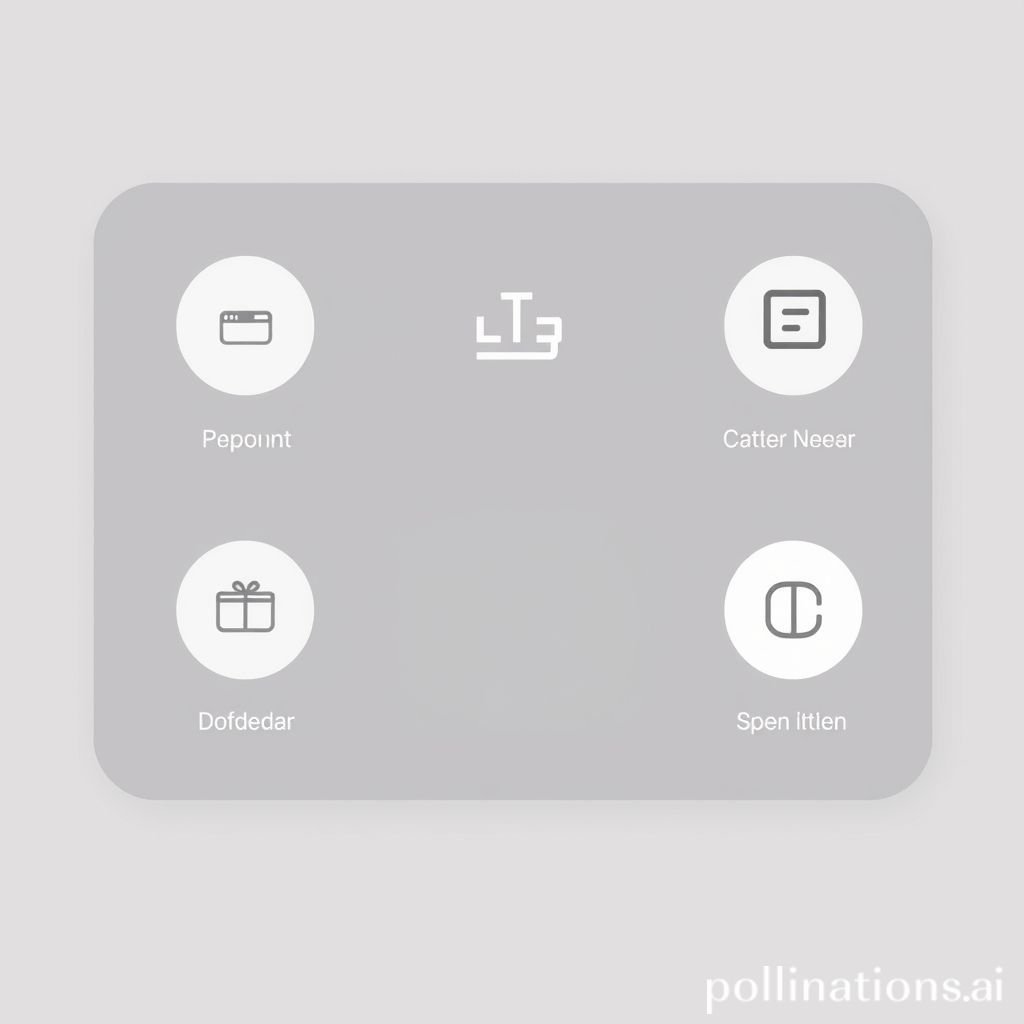Informational Chime Alert: Optimizing User Experience
A subtle chime can instantly elevate any user experience. This simple audio effect offers clear, concise feedback without disruption. It guides users, confirms actions, and provides vital informational alerts. Understanding the power of a perfectly crafted chime is crucial for modern interfaces. This article explores the design, application, and benefits of the informational chime in various digital environments.
Applications in Media
Informational chimes are everywhere. They play a vital role across many media types. Think about your daily interactions. A quick chime often signals success or completion. This powerful little sound can make or break a user's perception of a system. A well-placed chime ensures smooth interaction.
Industry-Specific Uses
In gaming, a chime might signal a completed quest or a new item pickup. It's a rewarding audio effect. Financial apps use a distinct chime for successful transactions. This provides immediate reassurance. Medical devices might use a gentle chime for patient monitoring alerts. These informational chimes are designed to be clear but not alarming. In public transport, a unique chime often announces arrivals or departures. Each chime is tailored to its specific purpose.
Creative Techniques
Designers use chimes in innovative ways. They can build anticipation. A rising chime might precede a major announcement. They can also mark transitions. A soft chime can bridge two scenes in a video. Creative uses often involve subtle variations. This keeps the chime fresh and effective. Think about how a distinct chime confirms an email sent. It's a tiny, powerful sound sample.
Technical Analysis
Understanding the technical aspects helps in creating the ideal chime. It’s not just a random sound. Every good chime is carefully engineered. This technical insight helps deliver the right informational alert.
Waveform Characteristics
A typical chime waveform often starts with a sharp attack. It then decays rapidly. This quick decay prevents it from lingering too long. The shape affects how we perceive the sound. A smooth, bell-like decay is common for a pleasant chime. Irregularities can make a chime sound jarring. Simplicity is key for an effective UI chime.
Frequency Profile
Most chimes feature prominent high frequencies. These allow them to cut through background noise. They are easily audible. A good chime often has a clear, pure tone. Lower frequencies might be added for warmth or weight. However, the core of an informational chime usually resides in the higher end of the audio spectrum. This ensures clarity for the user notification.
Production Tips
Creating the perfect chime requires specific techniques. Good production leads to an impactful audio effect. These tips help refine your sound.
Recording & Editing
Start with high-quality source recordings. Actual bells or pitched percussion can be excellent. Digital synthesis also works wonders. Record in a quiet environment. This prevents unwanted noise. After recording, careful editing is vital. Remove any harshness. Smooth out the attack and decay phases. Apply gentle equalization to enhance clarity. A clean, crisp chime is the goal.
Software Tools
Digital Audio Workstations (DAWs) are essential. Programs like Ableton Live, Logic Pro, or FL Studio are excellent. They offer precise control. Synthesizers within these DAWs can generate unique chime sounds. Plugins for reverb and delay can add depth. Don't overdo effects; a simple chime is often best. Tools like spectral analyzers help check frequency balance. This ensures your informational alert sounds just right. Pro Sound Effects offers professional sound libraries for inspiration.
Creative Implementation
Beyond basic production, creative implementation elevates a chime. How you use it matters greatly. A well-placed chime enhances the user experience.
Layering Methods
Combine multiple sound elements for a richer chime. A metallic ring can layer with a gentle synth pad. This adds texture. Ensure elements blend well. They should sound cohesive, not disjointed. Subtle layering can convey more information. For instance, a chime with a slight upward glissando might mean success. A layered chime offers depth. Consider combining sounds from Related chime sounds.
Spatial Effects
Use stereo panning to position the chime. If an event happens on the left, the chime can subtly pan left. Reverb can place the chime in an acoustic space. This adds realism. A dry chime feels direct. A slightly reverberant chime feels more ambient. Experiment with short delays to add a subtle echo. This can make the chime feel more expansive without being distracting.
Sound Pack Integration
Integrating a new chime into an existing sound library is key. It ensures consistency. Your new chime should feel part of a family. This creates a unified user interface.
Using with Other Sounds
Ensure your new chime complements existing UI sounds. It should not clash. Test it alongside other notification sounds. Its volume and timbre should fit. A strong chime should stand out when needed. A softer chime might blend more. Consider how it interacts with sounds like UI Confirm Tap. It should feel like a natural addition to your auditory feedback system.
Complete Collection
A full sound pack offers comprehensive audio solutions. It provides a consistent aesthetic. Explore entire collections to find complementary chimes. This ensures a unified auditory experience across your product. A consistent chime system is professional. Get the full sound pack for comprehensive audio solutions.
FAQ Section
Q1: What makes an informational chime effective? A: An effective chime is short, clear, and easily distinguishable. It delivers its message quickly. Its sound waveform visualization should show a quick attack and decay.
Q2: How often should I use a chime in my UI? A: Use a chime judiciously. Only for important feedback or critical alerts. Overuse can lead to user fatigue. Each chime should serve a purpose.
Q3: Can a chime be too loud or too soft? A: Yes. A chime that's too loud is jarring. One that's too soft might be missed. Test volume levels on various devices. The volume of an informational chime is crucial for user experience.
Q4: What is the ideal frequency range for a chime? A: Most effective chimes utilize higher frequencies. This ensures they cut through background noise. They stand out as a clear notification.
Q5: Are there different types of chimes for various alerts? A: Absolutely. A positive confirmation might use a bright, upward-pitched chime. An error alert might be a lower, more dissonant chime. The type of chime matters.






